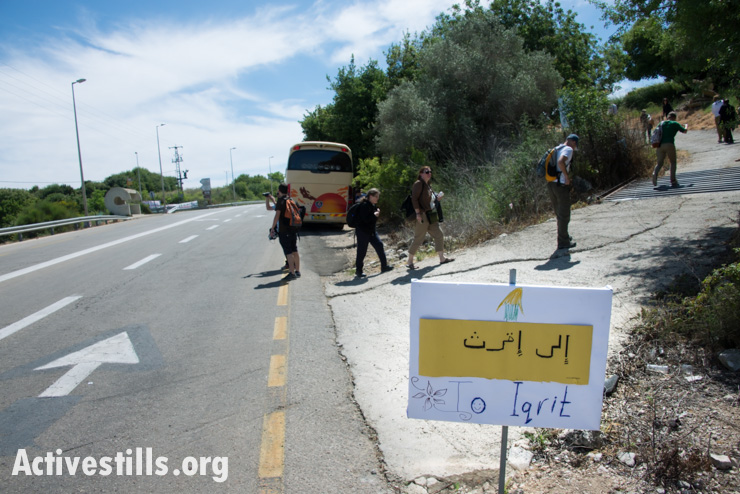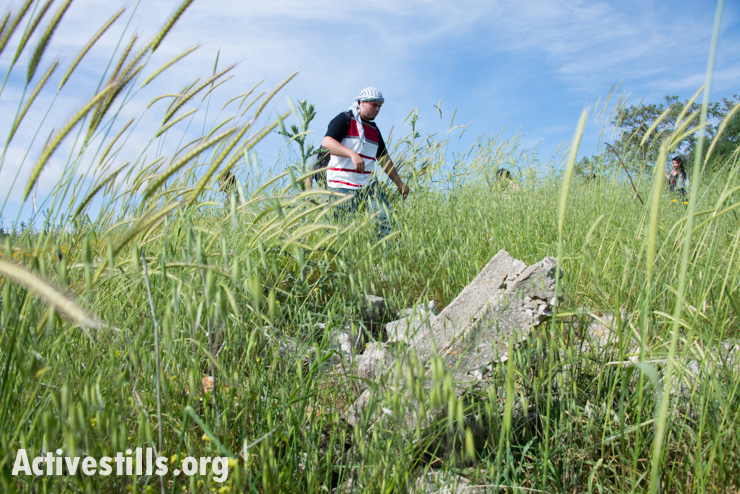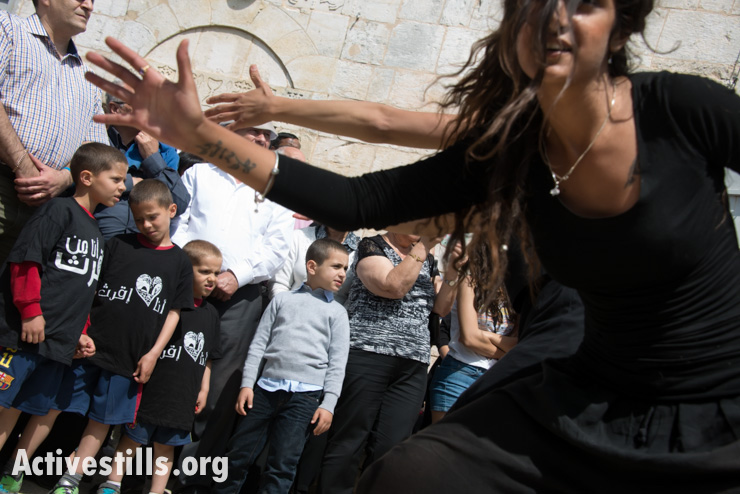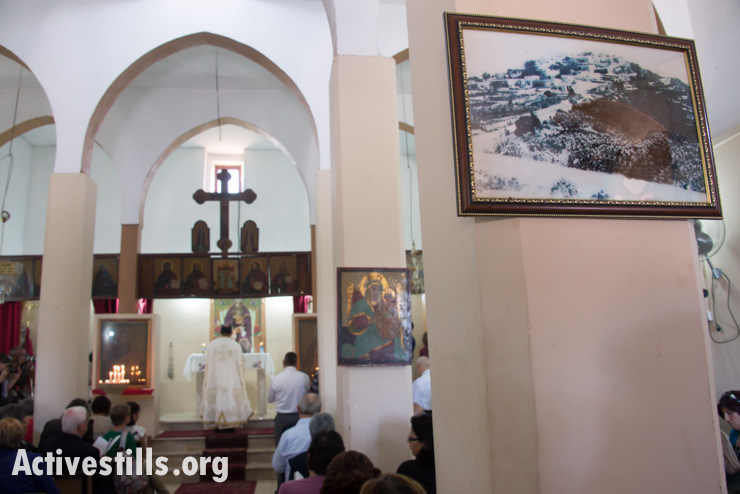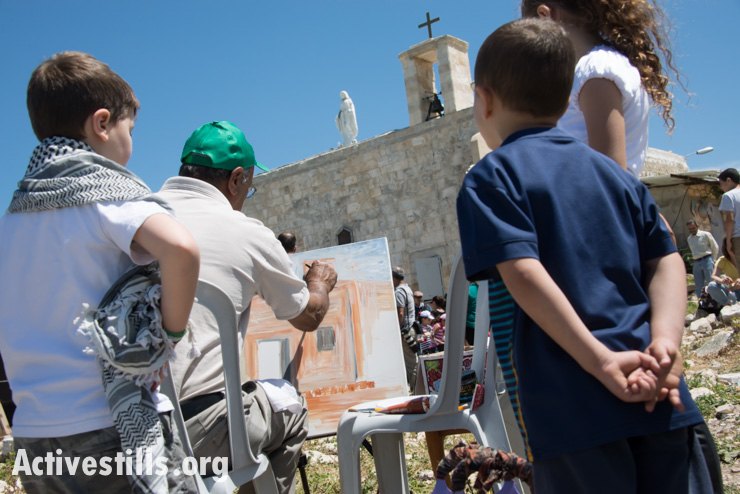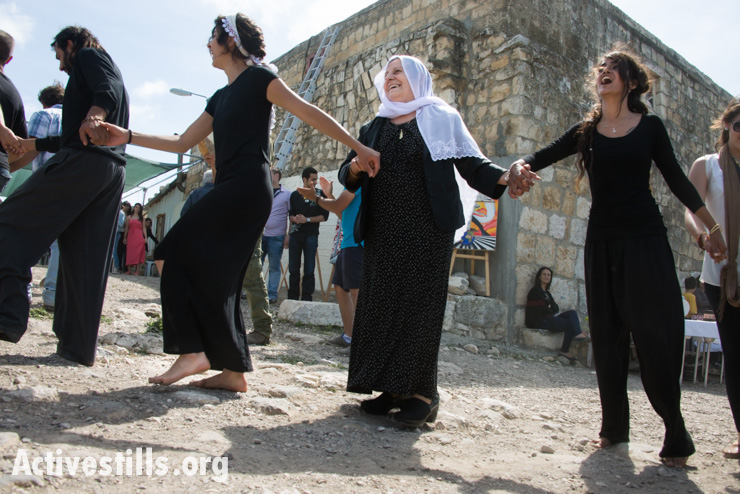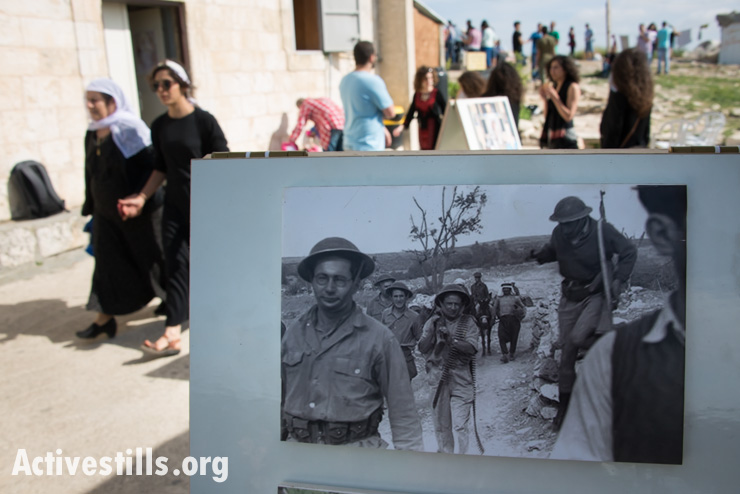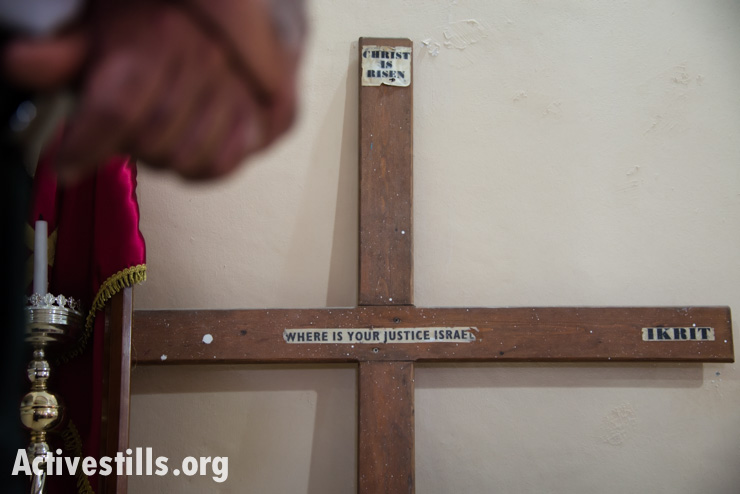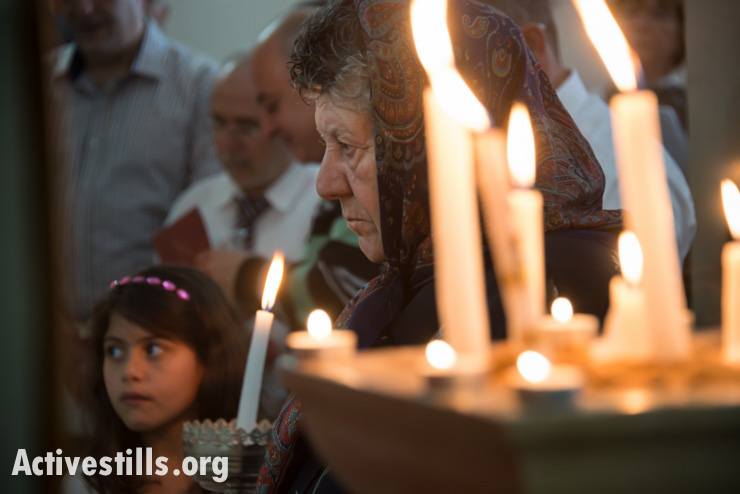The Palestinian village of Irqit was depopulated in the 1948 war and then almost entirely razed. Now new generations of its original residents are trying to resurrect the town and realize a decades-old High Court ruling recognizing their right to return.
Text and photos by: Ryan Rodrick Beiler/Activestills.org
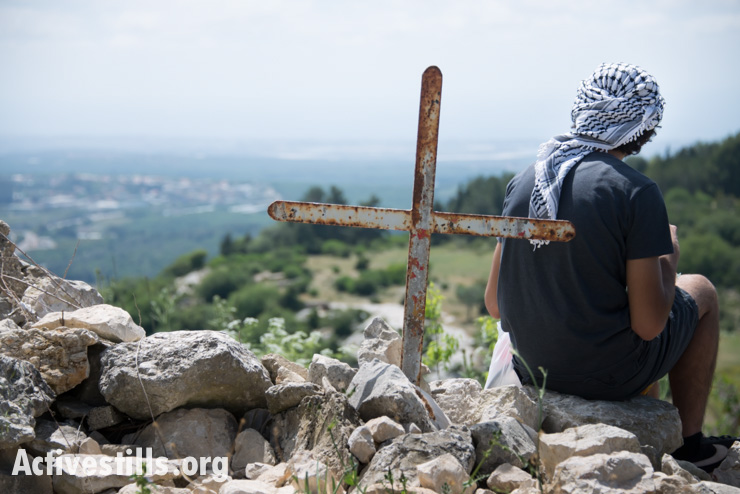
It would seem that Israeli authorities conspired to intertwine the story of Iqrit with the Christian narrative.
As the season of Advent approached in November 1948, the Israeli military forced residents of Iqrit and the neighboring village of Kufr Bir’im—all citizens of the newly created state of Israel—to leave their homes near the northern border with Lebanon because of military operations in the area. Advent is the Christian season of waiting before the birth of Jesus at Christmas. Iqrit’s residents were promised they could return to their homes in two weeks. They are still waiting.
In July 1951, the Israeli High Court ruled that the people of Iqrit and Kufr Bir’im had the right to return to their homes. The military refused to comply, and on Christmas Eve of that year blew up all houses in both villages. Only the churches and cemeteries were left intact. Shortly thereafter, all village lands were confiscated by the state. As the family of the newborn Jesus fled to Egypt, so too were these villagers were forced into exile.
Since then, decades of demonstrations and legal appeals for the villagers’ right to return have seen a string of favorable decisions by courts and commissions that have resulted only in more broken promises and unenforced rulings.
In 1972, Prime Minister Golda Meir stated plainly why even Palestinian citizens of Israel displaced within their own state could not return to their home villages:
It is not only consideration of security [that prevents] an official decision regarding Bi’rim and Iqrit, but the desire to avoid a precedent. We cannot allow ourselves to become more and more entangled and to reach a point from which we are unable to extricate ourselves.
In the 1970s, the government had granted use of the cemetery—allowing only the dead to return to Iqrit after they lived and died in Kufr Yasif, Rameh, Haifa or other places of exile. As one villager remarks, “The cemetery is the only living part of the village, according to the law.” But the Christian gospel that Iqrit’s residents follow maintains that the grave does not have the final word.
“The community is living as a community despite the geographical separation,” says Shadia Sbait, coordinator of the Iqrit Community Association. Families gather for mass in the village church on the first Saturday of every month and hold summer camps for the children every year.
After the 2012 summer camp, youth from the third generation of Iqrit’s survivors took the initiative to begin resurrecting the village despite the village’s legal limbo. Since then, a core group of 20 or so activists make sure that the village is constantly inhabited, sleeping in tents, under the stars or in rooms attached to the church.
“They are practicing full return in Iqrit and we are really proud of them,” says Sbait. “They brought life back to the place.”
Israeli authorities frequently destroy anything new that they build or plant in the village. But over time, they’ve been able to add a few amenities, including solar panels on the church roof to power lights, satellite television and computers used for social media campaigns.
This spirit of steadfastness energized Easter Monday festivities in Iqrit this year as generations of villagers filled the church and square with a celebration of prayer, poetry, music, art and feasting. They had to celebrate Easter on Monday because their priest is borrowed from a nearby town where he had to celebrate mass on Sunday. Iqrit’s faithful are used to waiting.
After the mass, youth told the village’s story through theater and dance. Photos on display showed the village before its destruction and its various campaigns and demonstrations over the years. The spirit of the day was both festive and defiant—a pre-emptive declaration of victory echoing the Christian belief not only in Jesus’s resurrection at Easter, but also his promise to return one day to establish a lasting reign of justice and peace.
“We do not want to return to our villages only in coffins but when we are alive,” declare the people of Iqrit and Kufr Bir’im in an Easter plea to Pope Francis, which concludes:
We implore you to intensify your sacred efforts to exert pressure on the government of Israel to end the injustices it has inflicted upon our community. We hope that your upcoming visit to Palestine and Israel will serve toward that purpose…. [O]ur prayers are focused in order to achieve our own resurrection, on earth, with justice, equality and peace.
